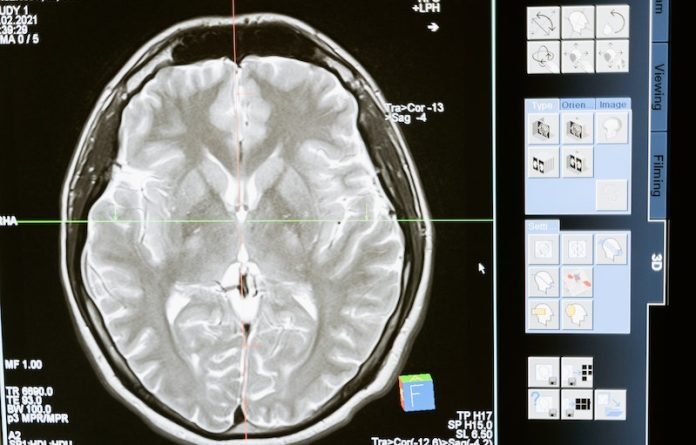
In a study from the University of Virginia, scientists found how a toxic form of tau protein, notorious for forming tangles in the brains of people with Alzheimer’s disease and several other neurodegenerative disorders, spreads through the brain as the disease progresses.
The tau protein helps cause cognitive decline associated with those diseases. The research shows what provokes its accumulation and how it harms nerve cells called neurons.
Scientists may be able to leverage these findings to develop new Alzheimer’s treatments that prevent or delay symptom onset, or slow disease progression once symptoms develop.
The new research also advances efforts to develop blood tests to detect Alzheimer’s at its earliest stages, when it is, in principle, most amenable to treatment.
The researchers found that antibodies used in blood tests for measuring this toxic, chemically modified form of tau, called “taupT217,” can easily be fooled into detecting other proteins, which compromises test accuracy.
Fortunately, they also showed how this problem can be avoided.
The new research is the most comprehensive examination yet of where and how taupT217 accumulates in the brain.
The results provide vital insights into the development of Alzheimer’s and possibly other neurological conditions called “non-Alzheimer’s tauopathies.”
Those include Parkinson’s disease and chronic traumatic encephalopathy.
Tau plays important roles in the healthy brain, where, among other things, it helps build and maintain the “microtubules” that serve as highways for transporting important materials within the neurons that form the brain’s circuitry.
But in people with Alzheimer’s, tau becomes chemically modified and misshapen in ways that prevent its normal functioning and make it toxic.
This eventually leads to two phenomena that account for cognitive decline in Alzheimer’s: the destruction of neuronal circuitry and neuron death.
Why this occurs has been only partially understood, but the new research offers more answers.
For example, the researchers found that they could trigger taupT217 buildup inside cultured neurons by exposing them to clusters, or oligomers, of tau.
Those are known to accumulate in the Alzheimer’s brain and have long been suspected as a harmful contributor to the disease.
They also found that the chemical modification that converts normal tau into taupT217 dramatically decreases tau’s ability to stick to microtubules, which in turn may make it easier for the tau to form toxic oligomers.
If you care about Alzheimer’s, please read studies about antioxidants that could help reduce the risk of dementia, and 5 steps to protect against Alzheimer’s and Dementia.
For more information about brain health, please see recent studies that Vitamin B12 deficiency may increase the risk of Alzheimer’s, and results showing this stuff in the mouth may help prevent Alzheimer’s.
The study was conducted by Dr. George Bloom et al and published in Alzheimer’s & Dementia.
Copyright © 2023 Knowridge Science Report. All rights reserved.



